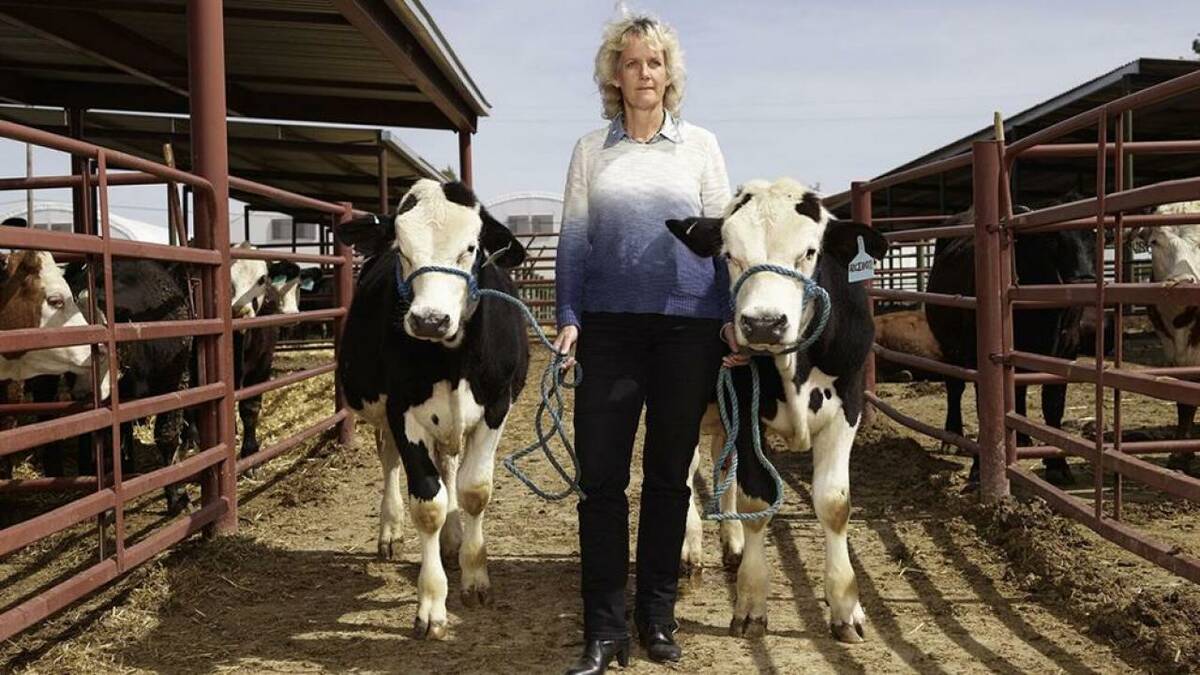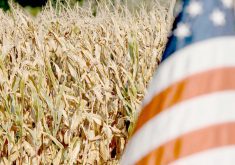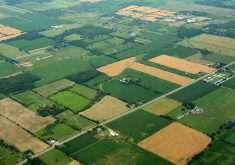Despite a vicious lick of frost in June, July and August (but weirdly enough not a nip until the last day of September), a three week heat wave and a summer long drought, I managed to sneak more than 300 pounds of potatoes, 20 quarts of peas, countless packages of Swiss chard and 90 lb. of carrots out from under weather’s nose.
In your face, fickle Peace Country weather, in your face.
Harvesting the potatoes made me feel just like a kid in a candy shop. If you read this column in the spring, you’ll know that I went on a binge and bought a dozen varieties of seed potatoes. I ordered a kilogram of each, which worked out to eight to 12 seed potatoes of each kind. I planted them whole and ended up with 130 hills.
Read Also

Stacking Canada up on gene editing livestock
Canada may want to gauge how Argentina and other countries have approached gene editing in livestock and what that has meant for local innovation.
Kennebec ruled, producing 80 lb. of huge, relatively scab-free potatoes from only nine hills.
Unfortunately, scab is a recurring problem in my garden. Organic matter makes it worse and after wintering my sheep in the garden, it has more organic matter than ever.
Scab is as unsightly as it sounds. The good thing is that it’s purely cosmetic and doesn’t influence the flavour, but I still don’t like it. According to the Western Potato Council, you should plant disease-free seed into non-infested soil, maintain high soil moisture for the first four to six weeks, increase rotation time to three or four years, plant early, harvest early and last but not least, plant less susceptible cultivars. I have also read that planting corn or alfalfa in infested soil for two consecutive years will starve the organisms that cause scab.
Viking was even more scab-free than Kennebec, as was its cousin, Purple Viking, which has beautiful deep purple skin with ribbons of pink that remind me of an Easter egg, a really big Easter egg.
Purple Viking’s beauty only runs skin deep, giving way to white flesh inside. Still, it makes for unusual baked potatoes or if left unpeeled, would certainly add interest to potato salads, stews and roasted veggies.
Red and purple Vikings produced enormous tubers but smaller yields than Kennebec.
The most delightful discovery was the Cherry Red. It was prolific and early, which are excellent qualities in a northern garden. By the end of August we had gobbled up all 12 hills. They even beat Norland to the plate.
In my opinion, there’s nothing more delicious than new potatoes, not even chocolate cherry cheesecake and that’s saying something. I’m just sorry there weren’t any Cherry Reds left over to enjoy for the winter. It is definitely going to be on my order for next year.
And so will Norland, that good old reliable standby that can be counted on to produce no matter what the weather throws at you.
Yukon Gold falls into the same reliable category as Norland and will always have a place in my garden. It came in second to Kennebec for yields – 50 lb, from just eight hills. I love its warm golden colour, great taste and how well it stores.
The most disappointing yields came from Alaska Sweetheart, a novelty potato that is as pink on the inside as it is on the out. At the end of September, eight hills produced a pathetic return of only 11 decent sized spuds. The rest were golf-ball sized and though they made excellent (and pretty pink) baby roasted potatoes, they were too small for winter storage.
It was listed as being a “later” mid season producer, and since I didn’t get the potatoes planted until almost the end of May, the fault probably was more with the weather and the gardener than the potato itself.
On the upside, it produced the most beautiful leaves I have ever seen on a potato. They were so nice-looking I wouldn’t hesitate to plant a couple in my flower garden just for the foliage. And they still gave me a better return on my space than the squash, tomatoes, corn and beans did.
All four were flattened by frost in August. Even so, I still managed to coax six dozen cobs of corn, a dozen quarts of tomatoes and several bags of beans into my freezer.
What’s my secret? Two words – farmers’ market.
Shannon McKinnon grows herbs, vegetables, wildflowers and more on her 60 acre farm northwest of Dawson Creek, B.C. She can be reached at shannon.mckinnon@producer.com.















